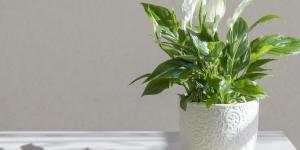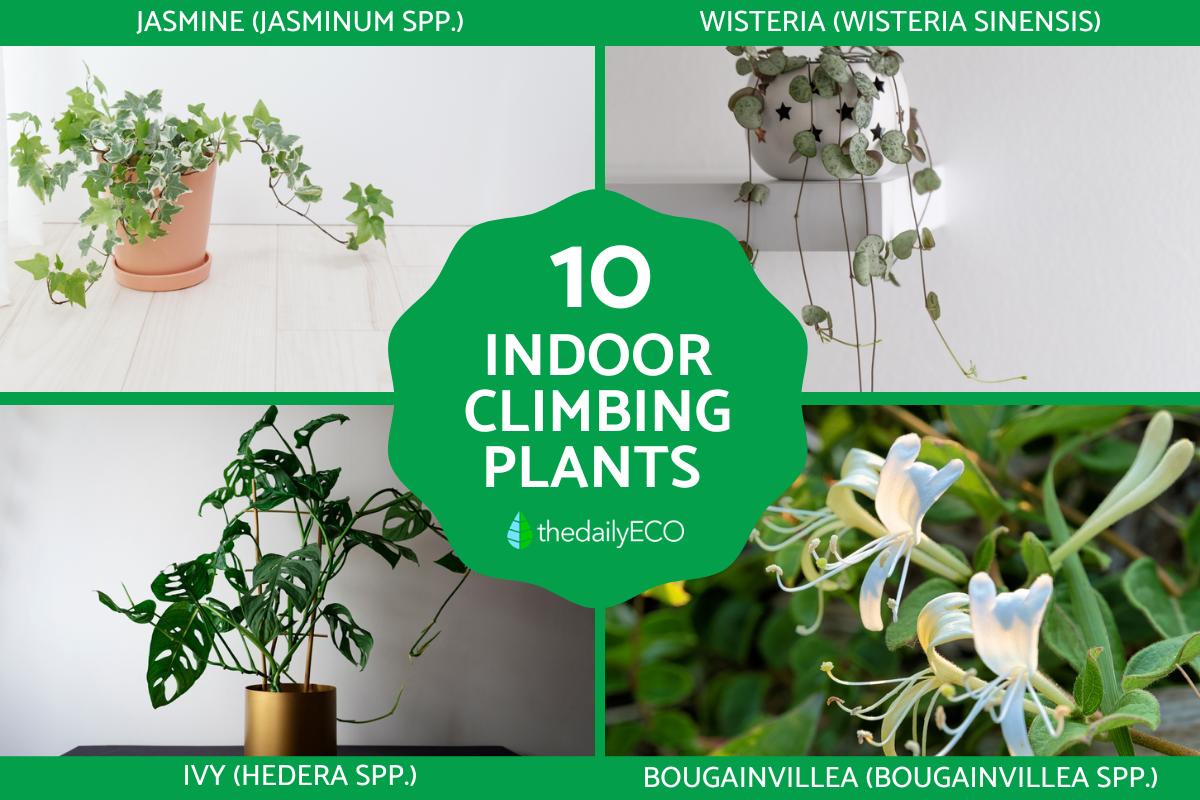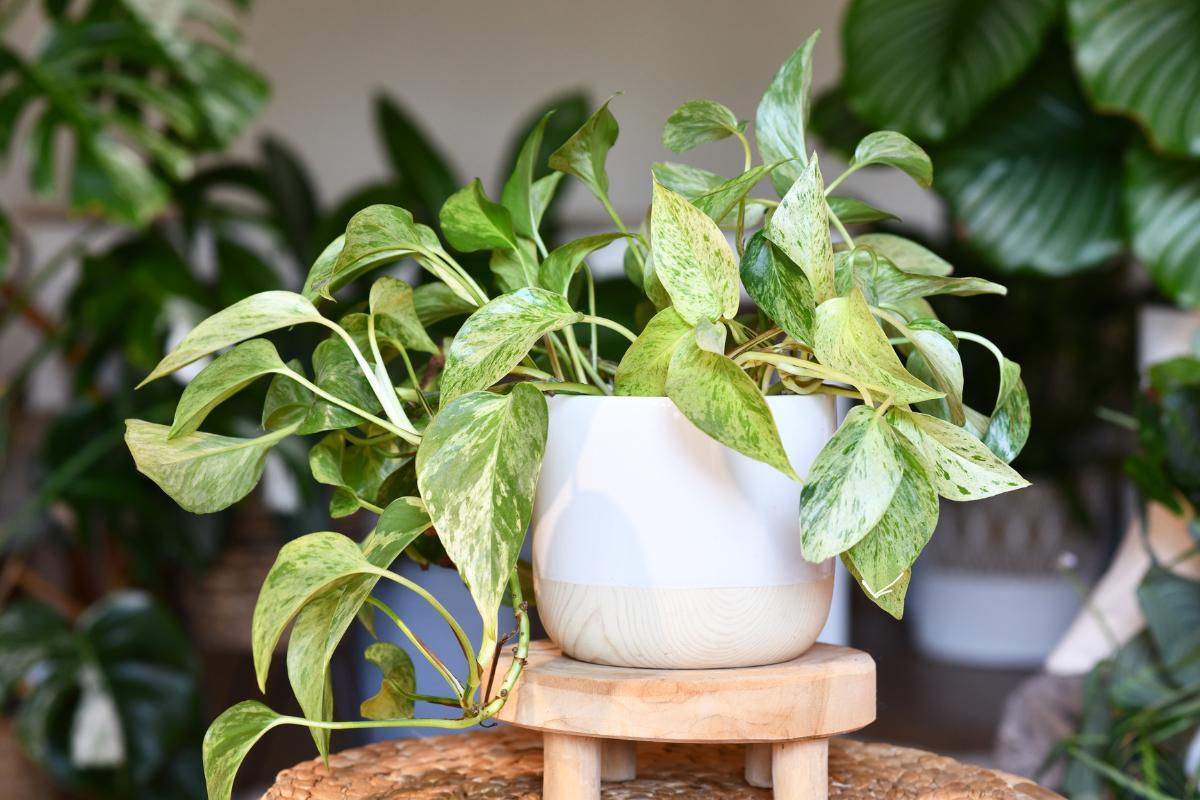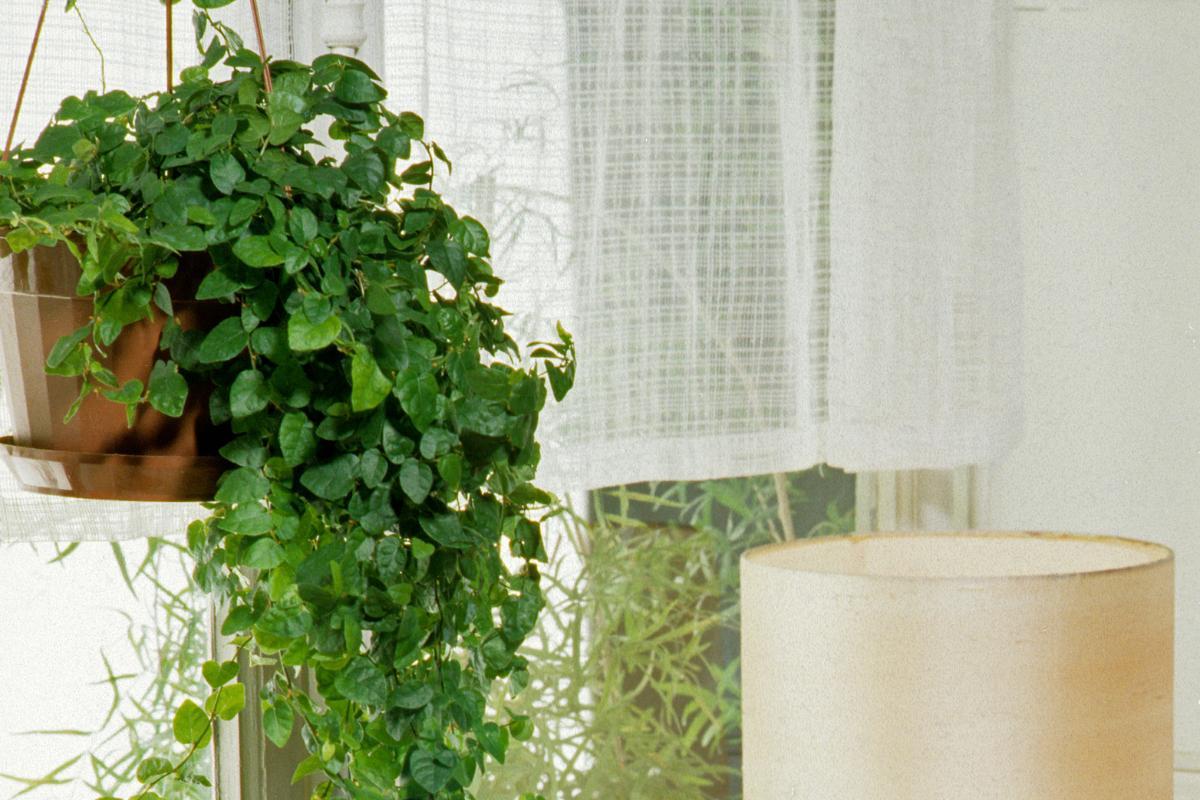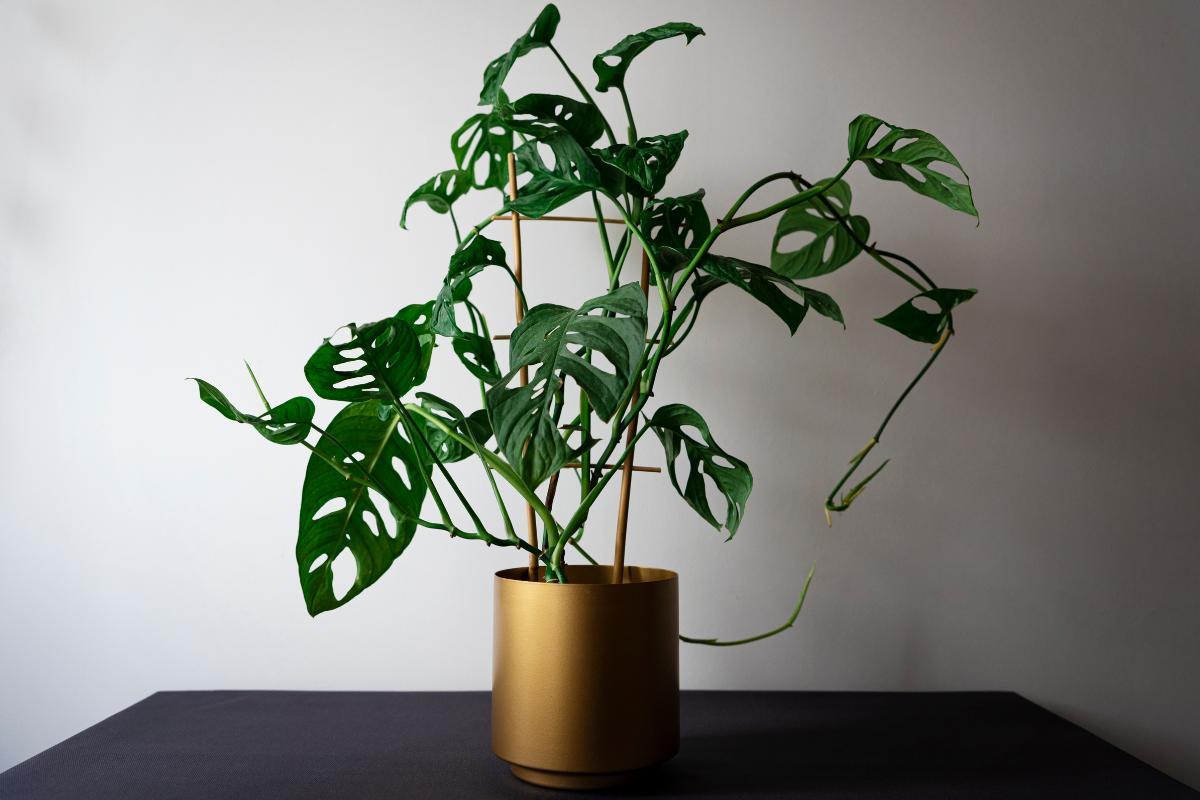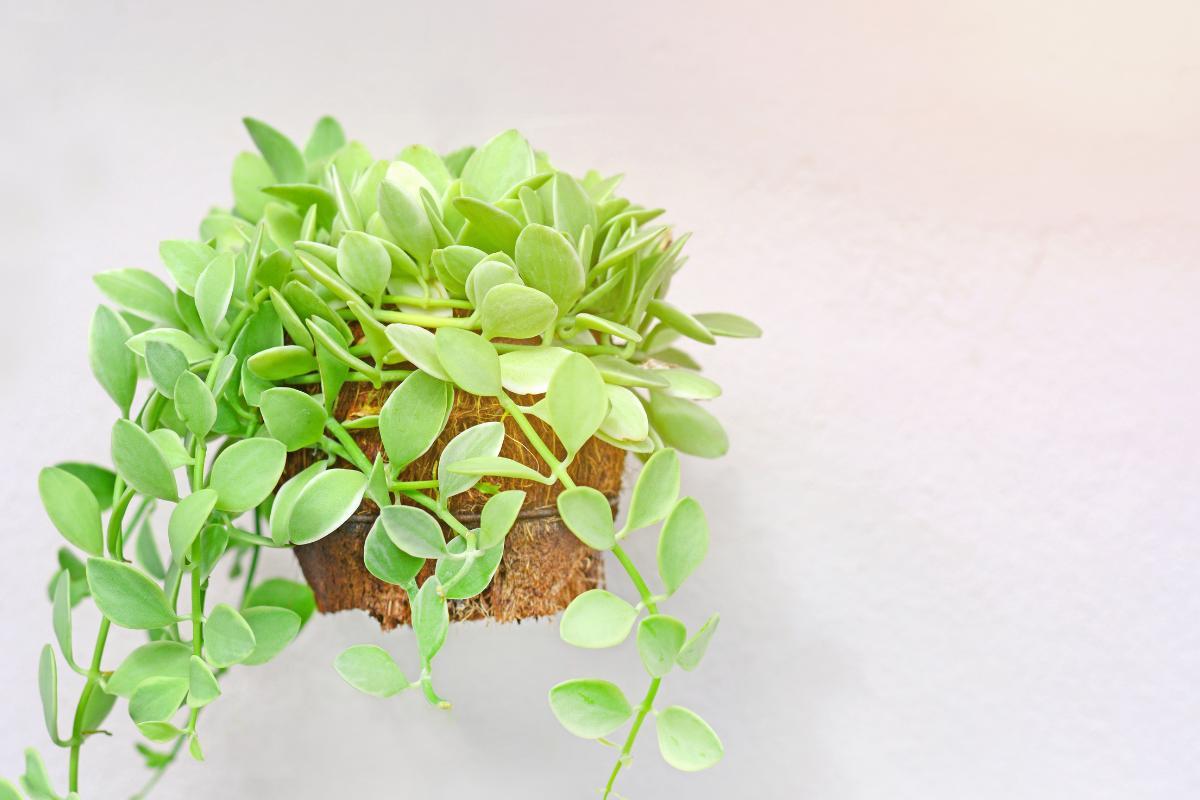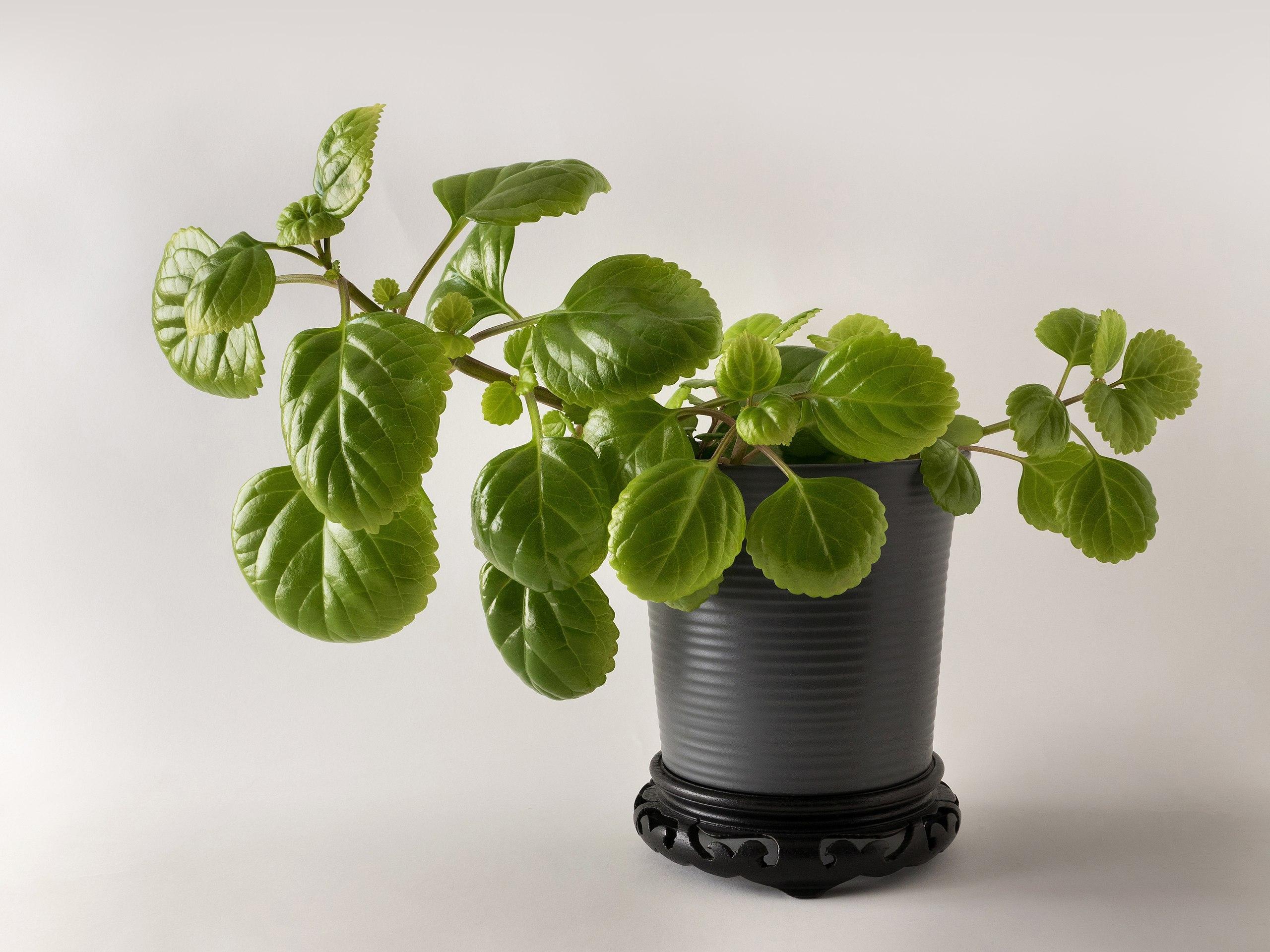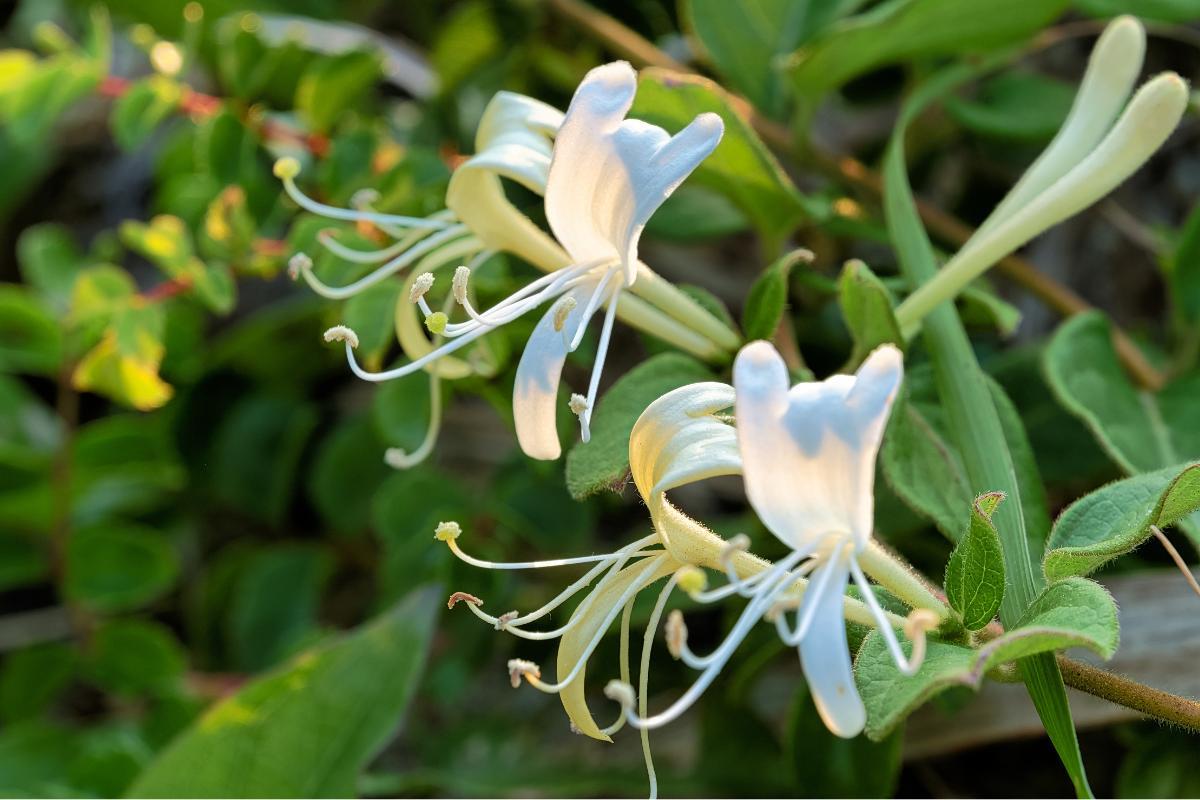Top Indoor Climbing Plants for Beginners


Who doesn't dream of a lush, cascading green oasis in their home? Indoor climbing plants make this dream a reality! These beautiful plants not only bring nature's vibrant touch to any room but also purify the air and create a peaceful atmosphere. Whether you're a seasoned plant lover or new to gardening, there's a perfect climbing plant waiting to transform your space.
This guide explores 10 stunning and easy-care indoor climbing plants, complete with names, photos, and simple care tips.
- English Ivy (Hedera helix)
- Pothos (Epipremnum aureum)
- String of Hearts (Ceropegia woodii)
- Creeping Fig (Ficus pumila)
- Swiss Cheese Plant (Monstera adansonii)
- Ant Plant (Dischidia nummularia)
- Swedish Ivy (Plectranthus verticillatus)
- Climbing Rose (Rosa spp.)
- Honeysuckle (Lonicera spp.)
- Climbing hydrangea (Hydrangea petiolaris)
English Ivy (Hedera helix)
This tenacious climber was a symbol of immortality in ancient Greece and is believed to bring good luck in some cultures. English ivy, also known as indoor ivy, is perfect for growing inside homes. It grows quickly and can either climb up if given support or hang down if planted in a hanging pot.
This plant likes indirect light and does best in temperatures between 18 and 29 degrees Celsius (64 to 84 degrees Fahrenheit). It needs soil that is always a bit wet. English ivy is good at covering flat surfaces and can handle cold weather well.
English ivy is a great climber. Its roots can hold onto many surfaces like concrete, wood, and metal. This makes it a popular choice for both indoor and outdoor spaces.
Despite its pretty appearance, the berries are mildly toxic to humans and pets.

Pothos (Epipremnum aureum)
Nicknamed the "Devil's Ivy" due to its resilience and ability to thrive in neglect, Pothos is actually one of the easiest houseplants to care for.
It can grow up to 20 meters (65 feet) high, and its stems can be as thick as 4 centimeters (1.6 inches).
The leaves are variegated, meaning they have light green, white, and yellow colors. It prefers indirect light because direct sunlight can burn its leaves. Water it only when the soil looks dry.
It also grows well in hydroponic systems, making it easy to care for in different settings.

String of Hearts (Ceropegia woodii)
This darling vine, with its heart-shaped leaves, is said to symbolize everlasting love. It's not just cute, but also believed to promote feelings of peace and tranquility in your home.
It has long, thin stems and small heart-shaped leaves that are 1 to 2 centimeters wide. The leaves have a waxy texture and are somewhat thick. This succulent plant has stems that are usually brittle and can grow up to a meter long. The leaves mix light green, gray, blue, and silver colors.
In the summer, English ivy produces unusual pink, hairy flowers. These flowers are tubular, swollen at the base, and have hooks at the tip that close like a cage.

Creeping Fig (Ficus pumila)
English ivy does well in partial shade. It adapts to different surfaces and has thick, lush leaves. Its stems are thin, and its small heart-shaped leaves are a mix of dark and light green. It climbs rocks, walls, and trees, quickly covering any wall it starts to climb. In fact, it was a popular choice for adorning grottoes and fountains in ancient Rome.
There is also a variety called Ficus pumila 'Green Sunny,' which has white edges around the leaves, making it look brighter. This plant also sticks easily to walls, wood, or metal, thanks to its small, suction cup-shaped tendrils. It can grow up to 5 meters high.

Swiss Cheese Plant (Monstera adansonii)
This plant is an evergreen that grows in a tangled way. It has a thick stem and large, leathery, shiny, heart-shaped leaves with big holes inside, which makes it unique. Also known as the "Split-Leaf Philodendron," the holes in its leaves are not a defect, but are thought to help reduce wind damage and allow more light to reach the lower parts of the plant.
The plant is very sensitive to too much water, so it's best to water it only when the top of the soil feels dry. It must be kept away from the cold. If the plant is not showing its typical holes, it might need more light, more water, or less cold. Overall, it is a rather small plant.
It is toxic to humans and pets, although some say it is safe to consume after maturing for one year. It needs some indirect light and plenty of shade.

Ant Plant (Dischidia nummularia)
This unique plant has developed a symbiotic relationship with ants. The pouch-like leaves collect debris and dead leaves, which create a home for ant colonies. The ants, in turn, help protect the plant from pests.
This plant is a slow-growing climbing vine. Its leaves are round, and its stems are long, thin, and tender green. It thrives in a bright location but should be shielded from direct sunlight. A coconut-based substrate is ideal for its growth.
Since it has aerial roots, it should be watered using a spray bottle. Regular light pruning is necessary to manage its size as it grows.

Swedish Ivy (Plectranthus verticillatus)
Also known as the money plant, this species exhibits vigorous growth. Its leaves are rounded and serrated. It climbs walls effectively if given support. It thrives in warm and humid environments, but is sensitive to cold and dry conditions. With proper care, it can reach heights of up to two meters. In autumn, it produces small, lilac-colored flowers.
This fragrant climber is sometimes called the "Mint Bush" due to the minty scent of its leaves. It was a popular choice in Victorian conservatories for its lovely aroma and cascading foliage.
Don't miss out on this other article featuring 10 plants with large flowers that can completely transform your outdoor space.

Climbing Rose (Rosa spp.)
The climbing rose is a widely-loved ornamental plant known for its ability to climb and adorn vertical structures like walls, pergolas, and trellises. The climbing variety can reach impressive heights, making a stunning statement in any garden.
It can be grown indoors with adequate sunlight and support for climbing, though it may produce fewer flowers in indoor settings.

Honeysuckle (Lonicera spp.)
With proper care, the climbing rose can thrive indoors, maintaining its delightful fragrance and growing vigorously, provided it receives sufficient indirect light daily. It's crucial to maintain appropriate humidity levels and conduct regular pruning to promote compact, healthy growth.
Honeysuckle flowers are known for their intoxicatingly sweet fragrance, which is strongest in the evening hours. Honeysuckle flowers are a favorite food source for hummingbirds, with their long, tubular shape perfectly adapted for these tiny birds' beaks.

Climbing hydrangea (Hydrangea petiolaris)
This plant tolerates cold conditions admirably. With ample indirect light, it thrives indoors as a climber, thanks to its robust suckers on aerial roots. These aerial roots that act like tiny suction cups, allowing them to climb walls and other structures without needing support. However, these sticky roots can also adhere to anything they touch, so be careful where you plant them.
While it may not bloom as profusely as it would outdoors, well-nourished specimens can effectively cover small walls or entrance posts. They can grow up to 25 meters tall (80 feet), making a dramatic statement in any garden.
Unlike many other flowering climbers, climbing hydrangeas bloom later in the season, typically from mid-summer to early fall. This provides a burst of color when other plants might be starting to fade.
Before you leave, be sure to check out another article about 10 indoor plants that absorb heat, helping to keep your home cool during the summer.

If you want to read similar articles to Top Indoor Climbing Plants for Beginners, we recommend you visit our Indoor plants category.
- Bent, E., Colombo, A. (2017). CLIMBING PLANTS. Spain: De Vecchi Ediciones.
- Darwin, C. (2009). The movements and habits of climbing plants. Spain: The Books of the Waterfall.




